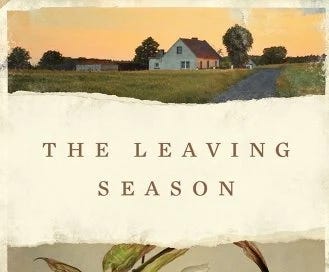"I think, like marriage, home is a fantasy"
Talking with Kelly McMasters, author of The Leaving Season, about the male gaze, the divorce memoir, and the anxiety of writing about other people
Kelly McMasters’ The Leaving Season hits with the force of so many American Dreams upturned. In a series of linked essays, Kelly moves from marriage to divorce, youthful love to single motherhood. It’s a coming-to-midlife tale of sorts, about a woman who follows the path women are supposed to seek—falling in love with an interesting man, buying a rural …



